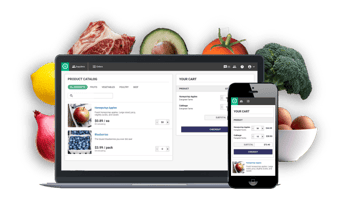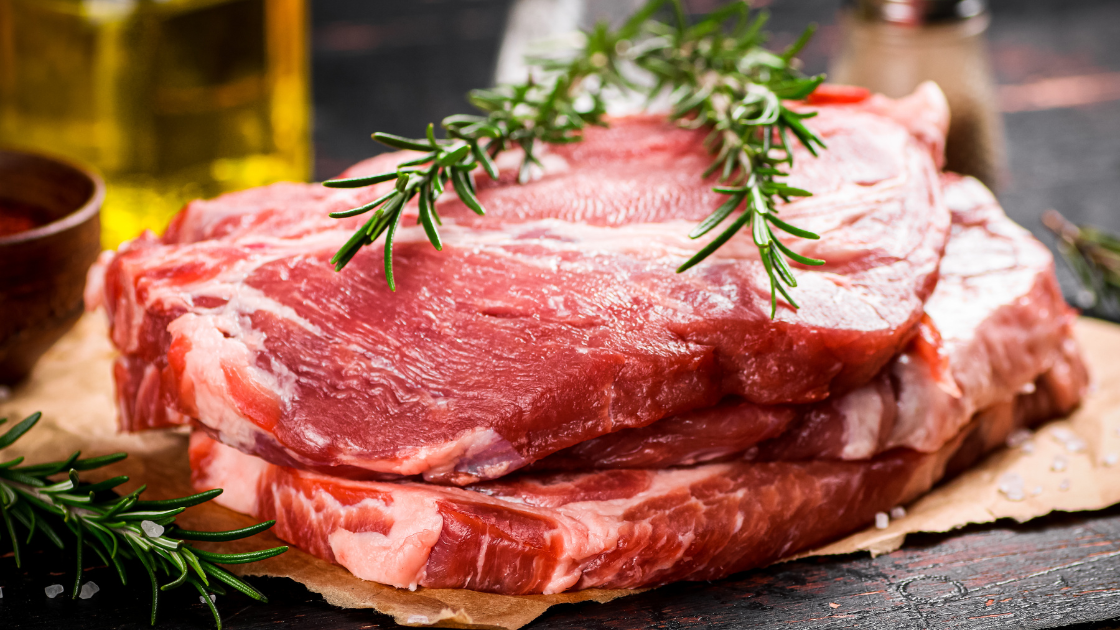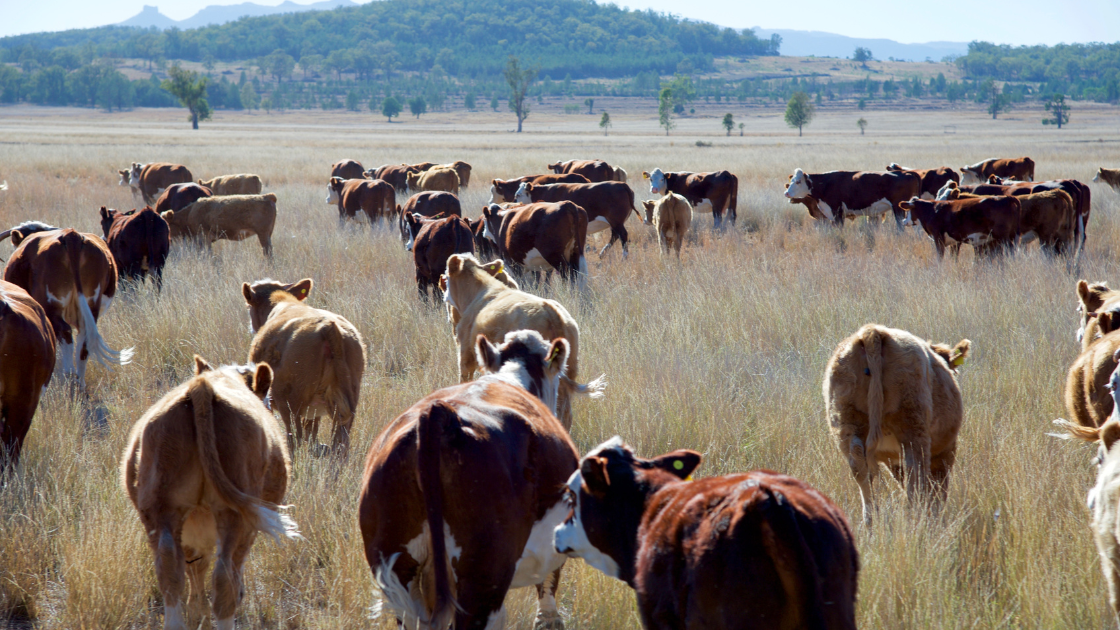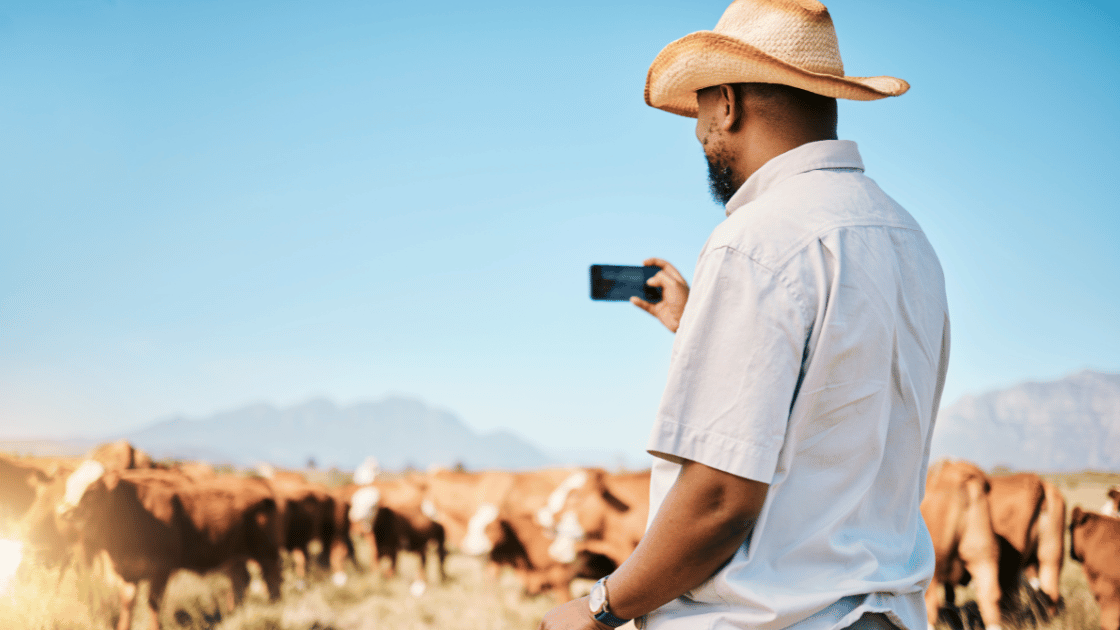Ranchers and livestock farmers: is a CSA right for you?
Finding the best way for you to sell your meat isn't easy. There are lots of different options,...

When making the switch to selling online, getting your marketing down is more important than ever. In this time of crisis, your traditional sales channels may have changed, leaving you to find new ones.
Storytelling is a useful marketing tool that can help your business become more personable and unique to your customer base.
In the principles of marketing, you often hear the words, “Tell your story!"
Even here at Local Line, we mention this in multiple different articles. Often the term gets thrown around a lot without any explicit instructions.
In a resource written by ReferralCandy, storytelling is defined as:
Make sure storytelling is not:
Storytelling makes you relatable. People communicate through stories. From our early days as cavemen, people used stories to share knowledge, teach skills, and build relationships.
This continues today!
Stories evoke emotion and create deeper connections between the listener and the teller. By using storytelling as a marketing tool, your customers get a better insight into who you are and why you do what you do. Being more vulnerable to your customers results in customer confidence and empathy for the cause.
Not convinced? Here's some science for you: In an article written by the Harvard Review, they discuss the release of Oxytocin, a neurochemical, during storytelling. Oxytocin is a signal to the brain that is released when we are trusted or shown kindness, and "it motivates cooperation with others."
A great story will cause listeners to share emotions with the characters in it and will cause them to continue to mimic those feelings and behaviours after the story is finished. This is why you feel down after a sad movie or inspired after a motivational speech. It's why storytelling works to sell you something too!
If you look at large companies, such as Apple or Google, all of their primary marketing campaigns, tell a story. They evoke your emotions and give you insight into why you need the business.
More specifically for food, take this marketing campaign by the restaurant chain, Panera Bread. This video is of co-founder Ron M. Shaich talking about his history at the company, the mission, and how the business is continuing today to stay true to their vision:
The short two-minute video tells the viewer their past, what it's doing today, and how it hopes to continue in the future. It takes the customer on a journey leaving them with a feeling of trust and wanting more.
Becoming a good storyteller is a skill that needs to be practiced and improved over time. When telling your brand story, you do not want to give it a half-effort. Remember, you will never have full control of your story. It half what you actually say, and half of how your customers perceive your story.
With this being said, you can only put out your best version.
Every story has a subject or a goal. This is the message you want to communicate at the end of the story. Just because you tell a story, it doesn't mean that it will be sufficient. Before writing anything, map out where you want the story to go. Don't focus on what you want to say, but rather what your audience needs to know.
The best way to get into this space is to create customer personas. These are the customer types you are trying to reach with your marketing, and the "person" you are talking to when you are telling your story. To create your own customer personas, read this blog post. It provides a step-by-step process along with a worksheet. Make your customer personas as realistic as you can and give them names! This way, you are telling your story to a "real person."
After you have created your persona(s), you need to determine what you are trying to communicate. Find commonalities and trends within your audience—their concerns, hopes, desires, and challenges. As you are trying to sell your products, you want your story to address their problems and how you can help them.
Meet Andrew. He is an organic vegetable farmer and started farming 15 years ago after leaving his fast-paced job in the oil industry. He wanted to make a difference and reduce his carbon footprint. He wanted to create food that gave back to the earth and gave he and his community alternative options to traditional grocery store vegetables.
First, he created the Sustainable Student Steve persona because one of his significant sales outlets is on-campus weekly farmers’ markets. Steve wants to reduce his carbon footprint, give back to his local economy, and be healthy. Steve is concerned about his meat intake, and the lack of food transparency in large retailers.
Andrew also created the Concerned Parent Cathy persona. Cathy wants to give her kids proper nutrients through food, and lead a healthy lifestyle herself. Cathy is concerned her kids will not grow up to be healthy.
These two personas are very different, however, Andrew's story must apply to both of them.
The appropriate subject for Andrew's story would be the transition to organic farming and increasing accessibility to good produce.
You can communicate your story in multiple different formats:
The next step in the process is determining the best way to communicate your story. We think the best methods are: through a short summary or an About Us page; through photographs on your social media platform and website; and through a video.
Again, this may differ based on your product, your customer personas, and your preferred marketing platforms. This is an essential step, as many factors are dependent on how you are telling your story, such as text length, language and tone, and writing structure.
After you have determined who you're writing to, what you're writing about, and how you're presenting it, it's time to physically write it! If this is where you need help, let's take a short little English lesson:
When writing a story, you must follow a journey. Gustav Freytag (remember him from school?), a German novelist, created a structure that every great story must follow.
This structure is the recipe for the best story. Before you write your draft, map out your story using these five points. This will make it easier to navigate the writing process.
After you've written your first draft, write another one. Why? Because the first draft will never be the final product. Writing is a process; therefore, you need to assess, re-evaluate, and try again. There are so many ways to write something, so try different methods:
If you have multiple team members, ask them to write their version of the brand story as well. Telling a story that isn't about you can pull out different "important" points than the teller would. Collaboration is a great way to build a great brand.
When you repeatedly read the same piece of text, it can be hard to navigate what works and what doesn't. Share it with someone! It is always great to get constructive feedback from a fresh set of eyes.
The final step to creating a brand story is to share it. In step 3, you choose the best way to tell your story, now it's time to do so! Your brand story is the backbone of your marketing campaign, therefore be sure to share it effectively. Be sure to keep the tone, mission statement, and themes in all of your marketing activities. This will resonate with your customer base.
Remember, your story isn't static, just as your business isn't static. Your customer personas may change, your product may change, and you may change! Just because you wrote your brand story once, does not mean your storytelling is over. Come back, reflect, and tweak your story over time.
 Get your farm online today with a free Local Line trial!
Get your farm online today with a free Local Line trial!Local Line is the best way for your food business to keep operating and selling during COVID-19. Use Local Line to set up an online store and offer home delivery to your customers.
Nina Galle is the co-author of Ready Farmer One. She continues to arm farmers with the tools, knowledge, and community they need to sell online at Local Line.

Stay in the loop by subscribing to our newsletter and receive weekly insights that you won't want to miss.

Finding the best way for you to sell your meat isn't easy. There are lots of different options,...
 Nina Galle
Nina Galle

How do you price your meat if you don't know where to start? Where do you go to find a starting...
 Nina Galle
Nina Galle

Your farm website is your digital storefront. Think about your website as a store or restaurant. If...
 Nina Galle
Nina Galle